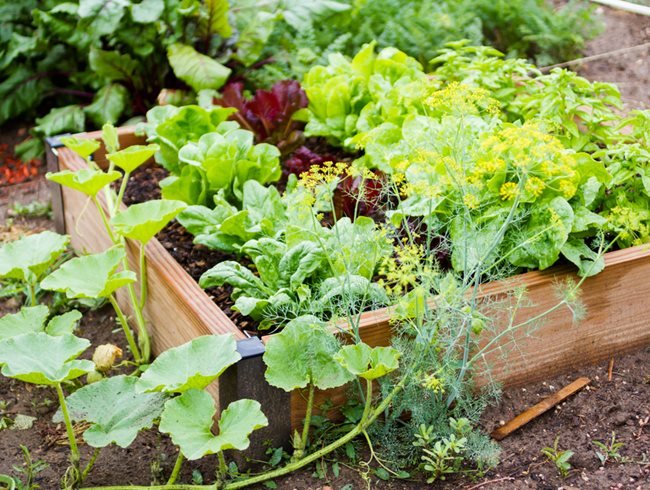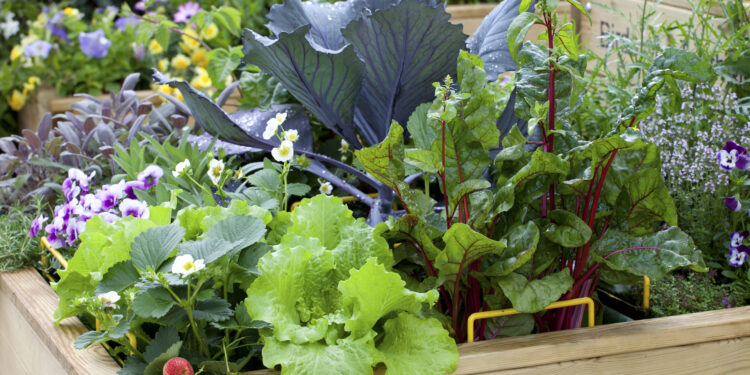According to the National Gardening Association, over 30 percent of American households participate in some form of gardening. That’s a lot of green thumbs! But even the most experienced gardeners can make mistakes. Gardening mistakes can be frustrating, costly, and even deadly to your plants. Besides killing your plants, gardening mistakes can waste your time and money.
Everywhere you turn, you see articles and blogs on the latest gardening trends and how to achieve the perfect garden. However, not all of this advice is good, and some of it can do more harm than good. To help you avoid making costly gardening mistakes, we’ve compiled a list of the most common ones below.
Tools and equipment.
Investing in high-quality tools and equipment is a must for any gardener. Cheap tools will only last you a season or two, and then you’ll have to replace them. In the long run, it’s cheaper to buy one good pair of pruning shears than five cheap pairs. When it comes to equipment, you get what you pay for. A cheap wheelbarrow will fall apart after a season, but a quality wheelbarrow will last for years.
Similarly, it’s better to buy a quality lawnmower that will last rather than a cheap one that you’ll have to replace every few years when it comes to lawnmowers. However, you can also buy used zero turn mowers just as good as the new ones. The reason is that many people only use their mowers for a few years and then sell them. So, instead of buying a new low-quality lawn mower, go for a good tool even if it is used.
Not enough light.
Plants need sunlight to grow, and not giving them enough light is one of the most common gardening mistakes. If your plants are not getting enough light, they will become etiolated, becoming leggy and weak. When choosing a location for your plants, make sure they get at least six hours of sunlight per day. If you live in an area with long winters and short days, you may need to supplement your plants with grow lights. However, be careful not to place the grow lights too close to your plants, as this can scorch them.

Not enough fertilizer.
Plants need nutrients to grow, and not giving them enough fertilizer is one of the most common gardening mistakes. Fertilizer provides plants with the nutrients they need to grow, and without it, they will not be able to reach their full potential. The reason is that plants can only absorb so many nutrients, and the excess fertilizer will run off, wasting money and polluting the environment. When choosing a fertilizer, make sure you select one specifically designed for the plants you are growing. For example, there are fertilizers for roses, tomatoes, and lawns. Follow the directions on the fertilizer label, as too much fertilizer can burn your plants.
Not enough mulch.
Mulch is essential for plant health, and not using enough of it is one of the most common gardening mistakes. Mulch helps retain moisture in the soil, prevent weed growth, and insulate plants from extreme temperatures. When applying mulch, use a two to four inches thick layer. Be careful not to apply too much mulch, as this can suffocate your plants. Moreover, be sure to choose the right type of mulch for your plants. For example, cedar mulch is great for acid-loving plants, such as azaleas. At the same time, pine straw is ideal for vegetable gardens.
Planting too early or too late.
One of the most common gardening mistakes is planting either too early or too late in the season. If you plant too early, your plants may not survive a late frost. If you grow too late, your plants may not have enough time to mature. To avoid this mistake, pay attention to your local frost dates. According to the Old Farmer’s Almanac, the average last frost date in spring is April 15th, and the average first frost date in fall is October 15th. In general, it’s best to plant two weeks after the last frost date in spring and two weeks before the first frost date in fall.
Over-watering your plants.
Water is essential for plant growth, but too much water can kill your plants. Over-watering can lead to root rot, which can kill your plant. When watering your plants, make sure the soil is dry before watering again. Also, you may want to consider using a moisture meter to help you determine when to water. Perhaps the most important tip is to know your plant. Some plants, such as succulents, can withstand long periods of drought, while others, such as ferns, need to be kept moist. Remember, it’s better to be underwater than to overwater when in doubt.
Not pruning your plants.
Pruning is essential for plant health, and not doing it is one of the most common gardening mistakes. Pruning helps to promote new growth, remove diseased or damaged leaves, and shape your plants. When pruning, be sure to use sharp, clean pruning shears. Also, be sure to prune at the right time of year. The best time to prune most plants is late winter or early spring. However, a few exceptions, such as lilacs, require pruning as soon as they bloom.
Not cleaning your tools.
Another common gardening mistake is not cleaning your tools. Garden tools can harbor diseases and pests that can harm your plants. To avoid this, be sure to clean your tools after each use. You can do this by spraying them with a disinfectant solution or wiping them down with rubbing alcohol. It would help if you always cleaned your tools before using them on another plant, as this could spread diseases.
The Bottom Line
Generally, the most common gardening mistakes include: not enough sunlight, not enough water, not enough fertilizer, not enough mulch, planting too early or too late, not pruning plants, not cleaning tools, and not paying attention to the weather forecast. By avoiding these mistakes, you’ll be on your way to becoming a successful gardener.






